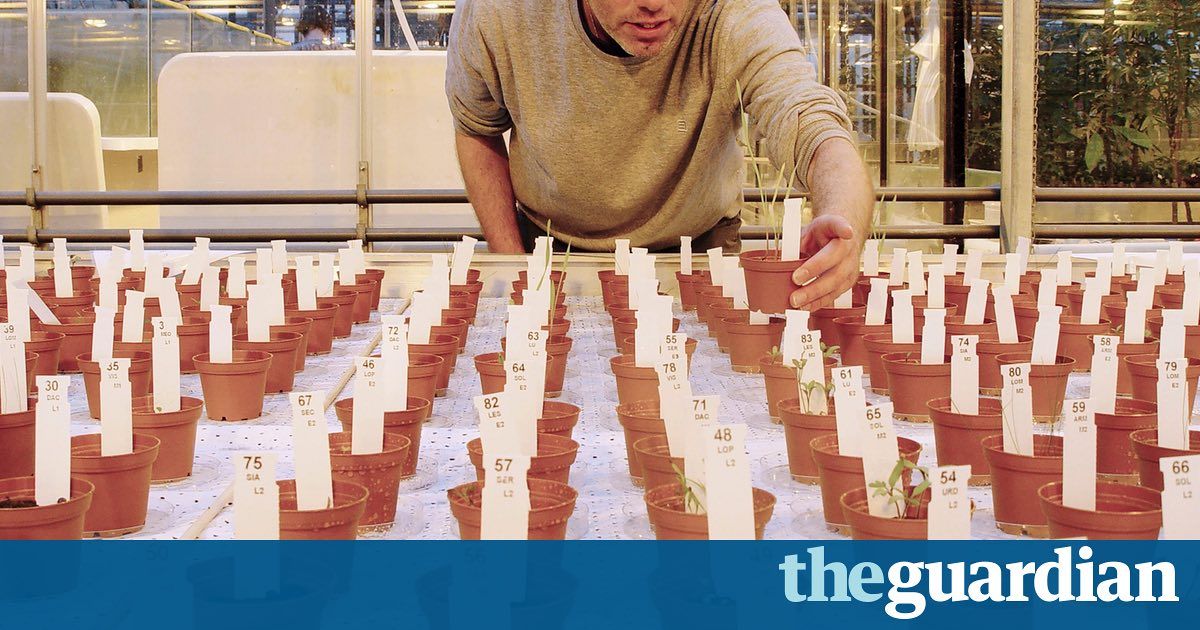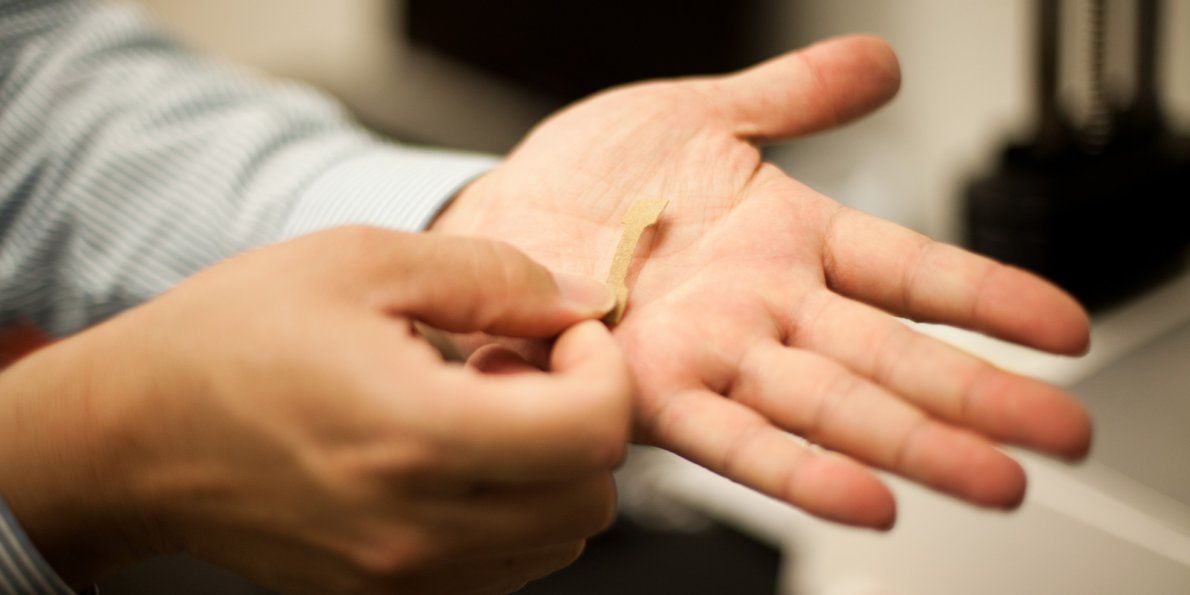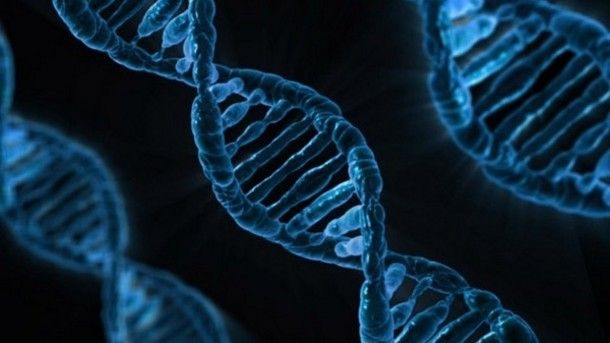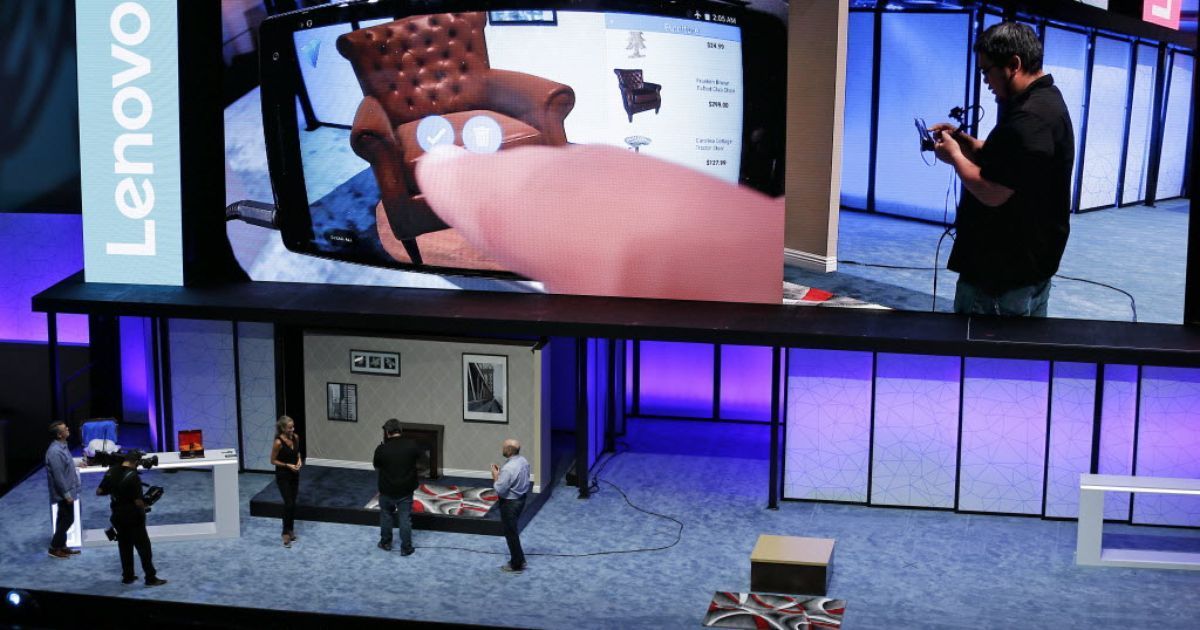Archive for the ‘food’ category: Page 309
Jun 29, 2016
You can eat vegetables from Mars, say scientists after crop experiment
Posted by Shailesh Prasad in categories: food, space
Dutch researchers successfully raise radishes, peas, rye and tomatoes in soil mixed to match that of the red planet – giving hope that settlers could grow food.
Jun 28, 2016
A Brooklyn startup that’s armed with $40 million is growing real meat and leather in a lab
Posted by Dan Kummer in category: food
Modern Meadow uses skin cells to grow strips of real leather that can be turned into everything from purses to shoes.
Jun 25, 2016
Fully-autonomous drone launcher never needs a pilot
Posted by Shailesh Prasad in categories: drones, energy, food, robotics/AI, surveillance
Having UAVs conduct routine aerial surveillance is already having a transformative effect on farming and and energy production but they can only operate when there’s a human at the controls. That’s about to change thanks to an autonomous drone system that not only flies but also maintains itself. Tel Aviv-based UAV Airobotics has debuted a completely automated patrol drone system of the same name that is capable of operating with virtually no human intervention.
The system is composed of three parts: the drone itself, the “Airbase” robotic base station and the command software. It uses an “Optimus” UAV that can carry a 1-kilogram payload for up to 30 minutes. When the UAV finishes its patrol, it will land atop the base station whereupon a robotic arm will automatically swap out its battery and payload. All of this is controlled by the integrated software which enables users to pre-program flight paths as well as view real-time video and data feeds. The Airobotic system will likely find use in the mining and oil and gas industries as an aerial mapping platform, though it could easily be applied to any repetitive delivery or flyover task.
Continue reading “Fully-autonomous drone launcher never needs a pilot” »
Jun 19, 2016
Self-driving tractors and data science: A visit to a modern farm
Posted by Karen Hurst in categories: food, robotics/AI, science, sustainability, transportation
Self driving tractors are a big benefit for farmers and thier families.
Farming isn’t the low-tech endeavour some might think.
Jun 19, 2016
World’s First Longevity SIRT Chocolate
Posted by Karen Hurst in categories: biotech/medical, food, health, life extension
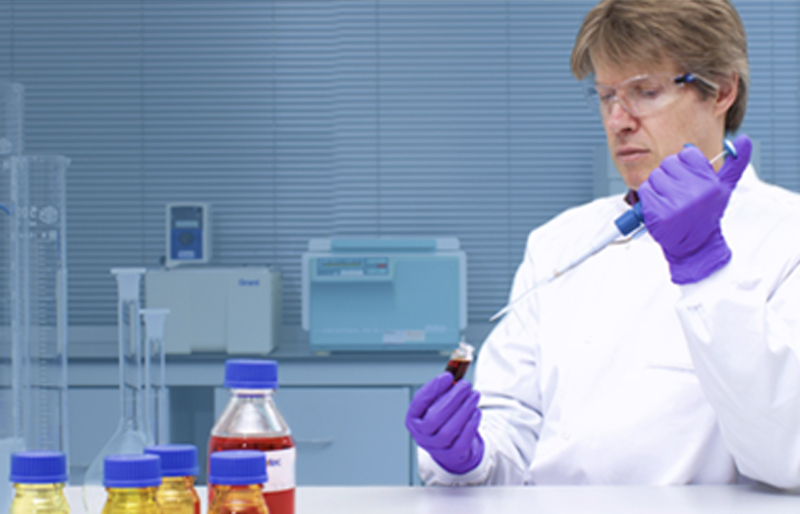 Want to fight aging; eat this new chocolate.
Want to fight aging; eat this new chocolate.
Cambridge UK (PRWEB UK) 19 June 2016 Lycotec Ltd., a biotech company based in Cambridge UK, http://www.lycotec.com announces that they have developed the World’s First Longevity SIRT Chocolate, which after ingestion provides a blood level of unmodified trans-Resveratrol, t-RSV, equal to its level after drinking red wine.
T-RSV is the molecule of plant polyphenol class which is typically present in red grapes, some berries, cocoa and nuts. There are a number of beneficial health effects of t-RSV from cardioprotective to antidiabetic. However, one of its intriguing properties is the ability to activate a group of SIRT genes. These genes are responsible for controlling cellular stress protection and longevity.
When t-RSV is consumed as part of food, or a beverage, or as an isolated extract in the form of most supplements, it quickly gets modified and inactivated in the digestive tract. Drinking red wine is the only known exception when t-RSV can reach the blood in an unmodified active form at a detectable level.
Jun 16, 2016
Applied DNA Sciences to grow its cosmetics, fragrances, and personal care business
Posted by Karen Hurst in categories: biotech/medical, business, food, security
I told many people that this was coming a few years ago; so glad. Wait until you see smart meds that people can never become addicted or overdose on because the smart med reads your system and knows when enough is enough.
The security solutions company uses botanical-DNA based tools to tag, track, and trace products for an array of industries. Now with the hire of a personal care supply chain management expert, the company is set to expand its engagement with the industry.
This week the Stony Brook, New York–based company announced that Barbara Brockway has accepted the role of Director of Personal Care.
Jun 16, 2016
Augmented reality comes to phones — and kitchens
Posted by Shailesh Prasad in categories: augmented reality, food, mobile phones
Jun 15, 2016
Higher intake of whole grains associated with lower risk of major chronic diseases and death
Posted by Sean Brazell in categories: biotech/medical, food
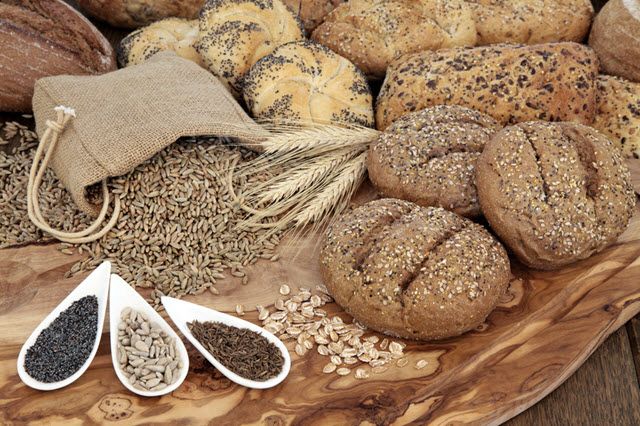
A meta-analysis of 45 studies (64 publications) of consumption of whole grain by an international team of researchers, led by Dagfinn Aune, PhD, at Imperial College London, found lower risks of coronary heart disease and cardiovascular disease overall, as well as deaths from all causes and from specific diseases, including stroke, cancer, diabetes, infectious and respiratory diseases.
The researchers say these results “strongly support dietary recommendations to increase intake of whole grain foods in the general population to reduce risk of chronic diseases and premature mortality.”
Jun 14, 2016
All-Beef, No Butcher: Meet the Minds Behind Lab-Grown Burgers
Posted by Shailesh Prasad in categories: food, genetics
Scientists are pushing to perfect a genetically identical meat that would be better for the environment than cows are.
Elizabeth Rushe is a writer and photographer from Ireland who is based in Berlin. Her work has been published by NPR, Paste Magazine, Vice, and Marie Claire.

